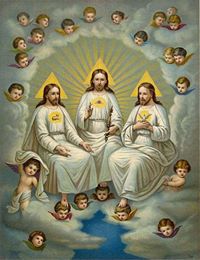Who discovered the noble gas Krypton?
In 1898, British chemists William Ramsay and Morris Travers discovered krypton as the residue of evaporating almost all of the other components of liquid air. For his work in the discovery of several inert gases, Ramsay was awarded the Nobel Prize in Chemistry in 1904.
It's an inert (or “noble”) gas and, as such, is not bound up in molecules but exists as single atoms.1 It is the fourth atom in group 18 of the periodic table of elements, after helium, neon, and argon. Its concentration in Earth’s atmosphere is ≈1 ppm by volume.
Its boiling and melting points are only a few degrees apart (−244.147 °F and −251.27 °F). It's has few practical applications, mostly in bright white light bulbs used in photography and in devices used in physical and chemical research.
Sir William Ramsay (2 October 1852 – 23 July 1916) was a Scottish chemist who discovered the noble gases and received the Nobel Prize in Chemistry in 1904. His work in isolating argon, helium, neon, krypton, and xenon led to the development of a new section of the periodic table.
Morris William Travers (24 January 1872 – 25 August 1961) was an English chemist who worked with Sir William Ramsay in the discovery of xenon, neon and krypton. His work on several of the rare gases earned him the name Rare gas Travers in scientific circles. He was the founding director of the Indian Institute of Science.
More Info:
en.wikipedia.org
